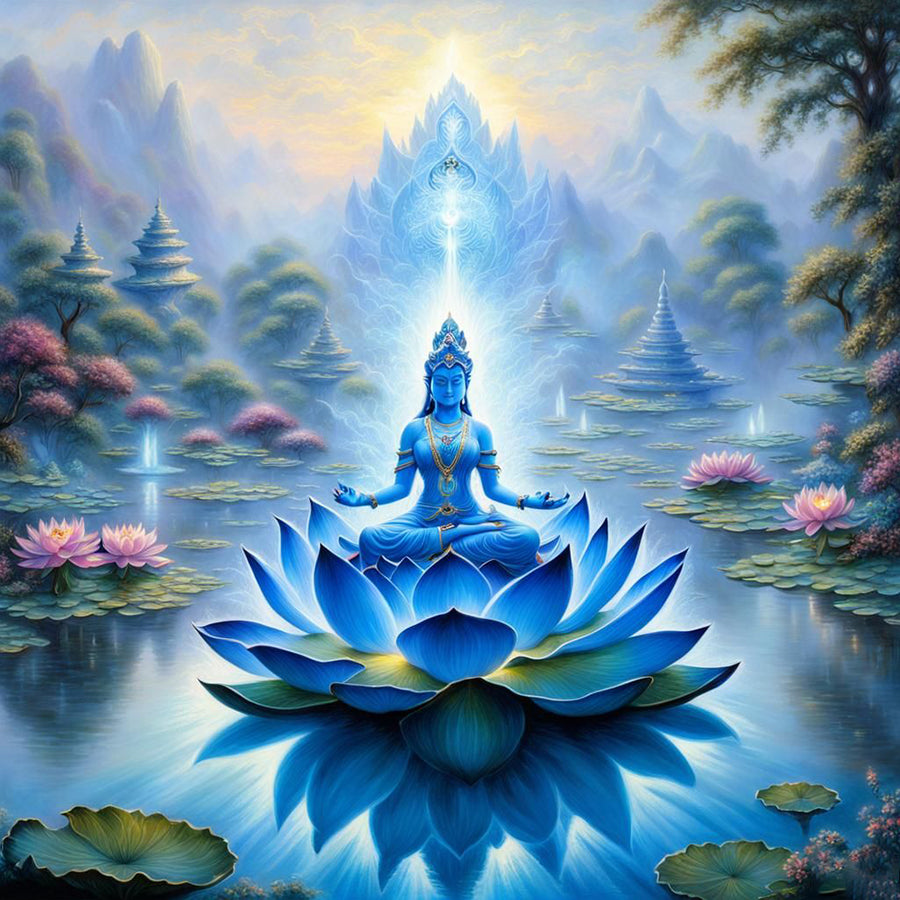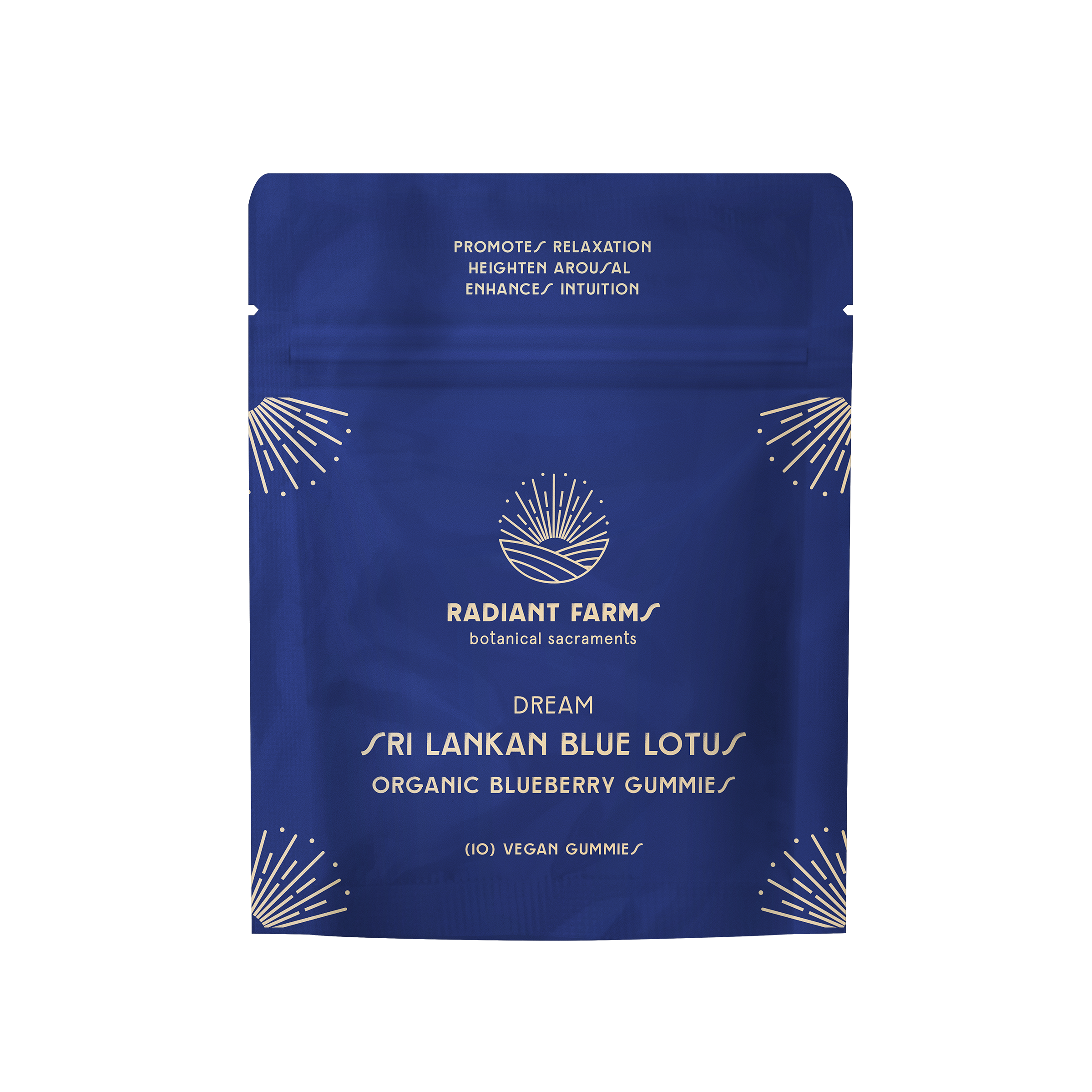
Tara is a revered figure in Tibetan Buddhism, where she is known as a bodhisattva of compassion and action. There are various forms of Tara, with the most prominent being Green Tara and White Tara. However, Blue Tara is also an important manifestation.
Association with Blue Lotus:
-
Blue Tara: In Tibetan Buddhism, Blue Tara is one of the 21 Taras and is often depicted with blue lotus flowers. Blue Tara is considered a fierce and protective deity, symbolizing wrathful compassion that destroys obstacles and negativity.
-
Lotus Symbolism: The blue lotus in Buddhist iconography often represents purity, spiritual awakening, and wisdom. These qualities align well with the attributes of Tara, who embodies compassion and enlightened activity.
Iconography:
- Blue Lotus in Tara's Depiction: While the green and white lotuses are more commonly associated with Green Tara and White Tara, the blue lotus can sometimes be seen in representations of Blue Tara or other forms of Tara. The presence of the blue lotus signifies her enlightened nature and her role in guiding beings towards liberation.
Cultural and Spiritual Significance:
- Spiritual Symbolism: The blue lotus is revered for its beauty and its ability to rise unstained from muddy waters, symbolizing purity and spiritual transcendence. Tara, as a bodhisattva, similarly helps beings rise above the sufferings of samsara (the cycle of birth, death, and rebirth).
References:
- Tibetan Buddhist Art and Texts: Various thangkas (Tibetan Buddhist paintings) and scriptures depict Tara with different colored lotuses, including the blue lotus, highlighting her diverse aspects and the rich symbolism associated with her forms.
For more detailed information on Tara and her associations with the blue lotus, you can refer to Buddhist texts and commentaries, as well as scholarly works on Tibetan Buddhist iconography. Some useful resources include:
- "The Cult of Tara: Magic and Ritual in Tibet" by Stephan Beyer
- "Tara's Enlightened Activity: An Oral Commentary on The Twenty-One Praises to Tara" by Kenchen Palden Sherab and Khenpo Tsewang Dongyal
- The Rubin Museum of Art, which has extensive collections and exhibitions on Tibetan Buddhist art and deities.

